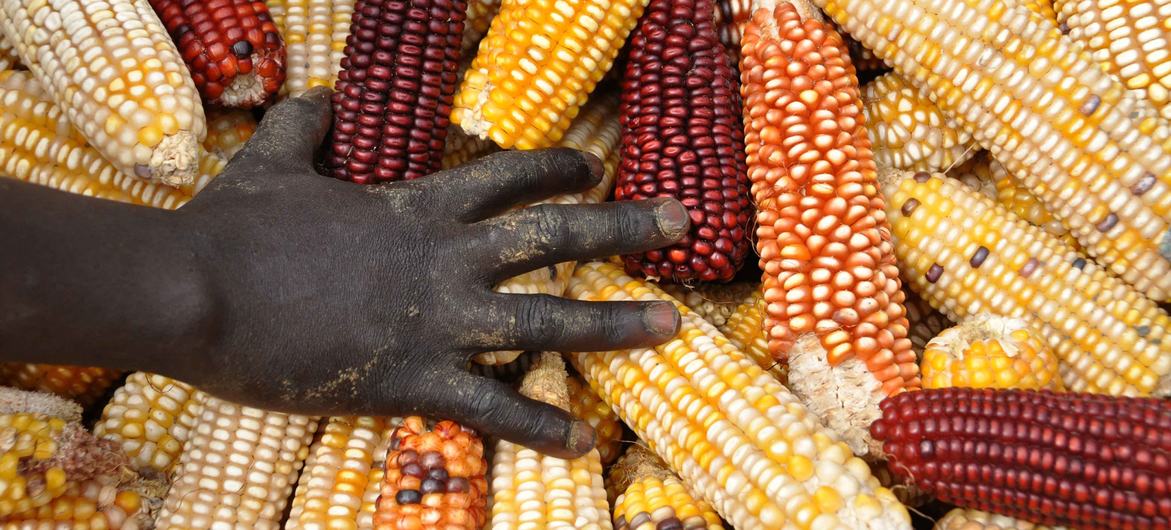What is the Biodiversity Plan?
The Plan, officially called the Kunming-Montreal Global Biodiversity Framework, is a UN-driven landmark agreement adopted by 196 countries to guide global action on nature through to 2030, which was hashed out at meetings in Kunming, China and Montreal, Canada, in 2022.
The aim is to address biodiversity loss, restore ecosystems and protect indigenous rights. Indigenous peoples suffer disproportionately from loss of biological diversity and environmental degradation. Their lives, survival, development chances, knowledge, environment and health conditions are threatened by environmental degradation, large scale industrial activities, toxic waste, conflicts and forced migration as well as by land-use and land-cover changes such as deforestation for agriculture and extractives.
There are concrete measures to halt and reverse nature loss, including putting 30 per cent of the planet and 30 per cent of degraded ecosystems under protection by 2030. Currently 17 per cent of land and around eight per cent of marine areas are protected. The plan also contains proposals to increase financing to developing countries – a major sticking point during talks – and indigenous peoples.
Countries have to come up with national biodiversity strategies and action plans as well as set or revise national targets to match the ambition of global goals.




Comments
Post a Comment